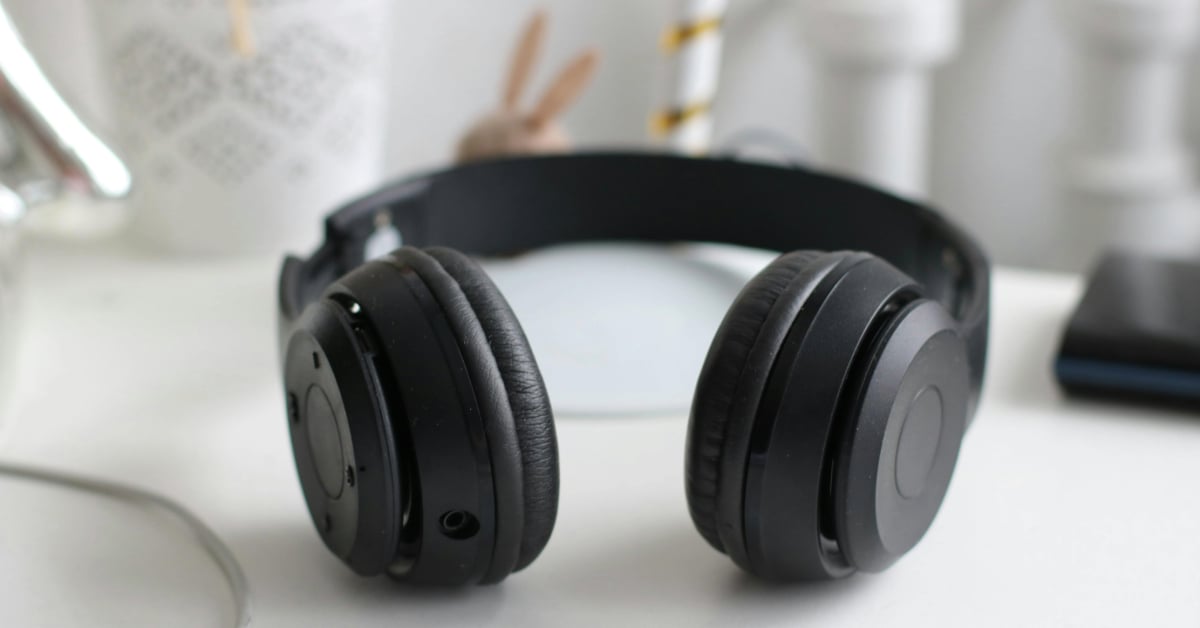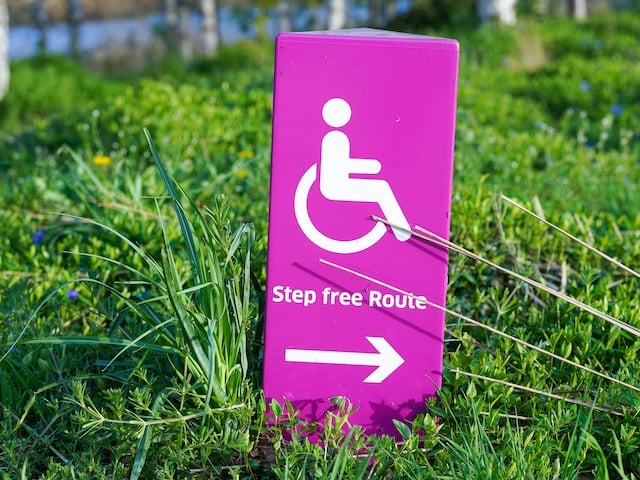Essentials
Podcasting Essentials
Related articles:
One in four people has a disability, and the truth is, some of them might be having a tough time accessing your podcast. Sure, every listen counts, but beyond that, it's making your podcast as accessible as possible is just the right thing to do. (But yes, you’ll also improve your ranking on search engines like Google.) Ready to get down to it? Below are three high-impact steps to make your show available to more people.
Include transcripts for free
Access to your transcripts will drastically improve your show’s accessibility. You can create your own or use commercial services to get automated or human generate transcripts. The best way to display your transcript is by listing it inline on the show’s page itself. You can also provide downloadable or linked transcripts for the audience. Transcripts help a wide variety of people–everyone from those with audio processing disorders to people learning English as a second (or third, or fourth, or fifth!) language.
Create an accessible website
You should keep accessibility in mind when creating your website. This makes it easier for people with disabilities to access your shows, transcripts, show notes, etc. The outline below helps people who use screen readers, as well as those who may have visual or cognitive disabilities.
Elements to include on your website to increase accessibility:
- Page should be screen reader friendly
- Text can be resized to at least 200% to improve readability
- Color contrast should be sufficient to read and perceive all elements on a page
- Decorative images should have an empty alt attribute
- Focus is visible on interactive elements
- Informative images contain descriptive alt text
- Interactive elements on the website can be accessed and activated using the keyboard
Make sure your social media accounts are accessible
Hopefully you're not surprised that people with disabilities use social media, despite the platforms not being fully accessible themselves. Even still, there are things you can do to control the content you post and make sure that it can be enjoyed by everybody.
- Legible handles–Gothic font, italics, and upside-down text are all popular in Twitter handles, but those "fonts" are actually mathematical symbols that, when read by a screenreader, can take over a minute to fully be read aloud. Not a great experience for the person trying to find out when your next episode drops!
- Image Descriptions–On both Instagram and Twitter, you can add image descriptions, so people with screen readers can tell what you're posting. This is especially important if you're announcing things with a flyer-style graphic. Here's how to write image descriptions on Twitter and on Instagram.
- Informative Graphics — If the social media platform you’re using doesn't allow you to specify a description for an image, text alternatives for informational images should be placed in the body of the post
- Closed Caption (CC) Videos — All videos should be closed-captioned. If subtitles are being used instead of closed captioning, it’s important to frame the key material so that the subtitles do not cover up important visual elements.
- Descriptive Audio — Descriptive audio should be created for videos with informational content that is not conveyed on the audio track.
Use an accessible player
The media player you choose makes a huge difference in how accessible your content will be for people with disabilities. At minimum, the media player should be operable by keyboard only, and focus should be visible on each control. All controls should be clearly labeled so that the screen reader can process and properly announce the controls. (Yes, in case you were wondering, Simplecast's Standard and Mini players are both accessible.)
Happy podcasting!


